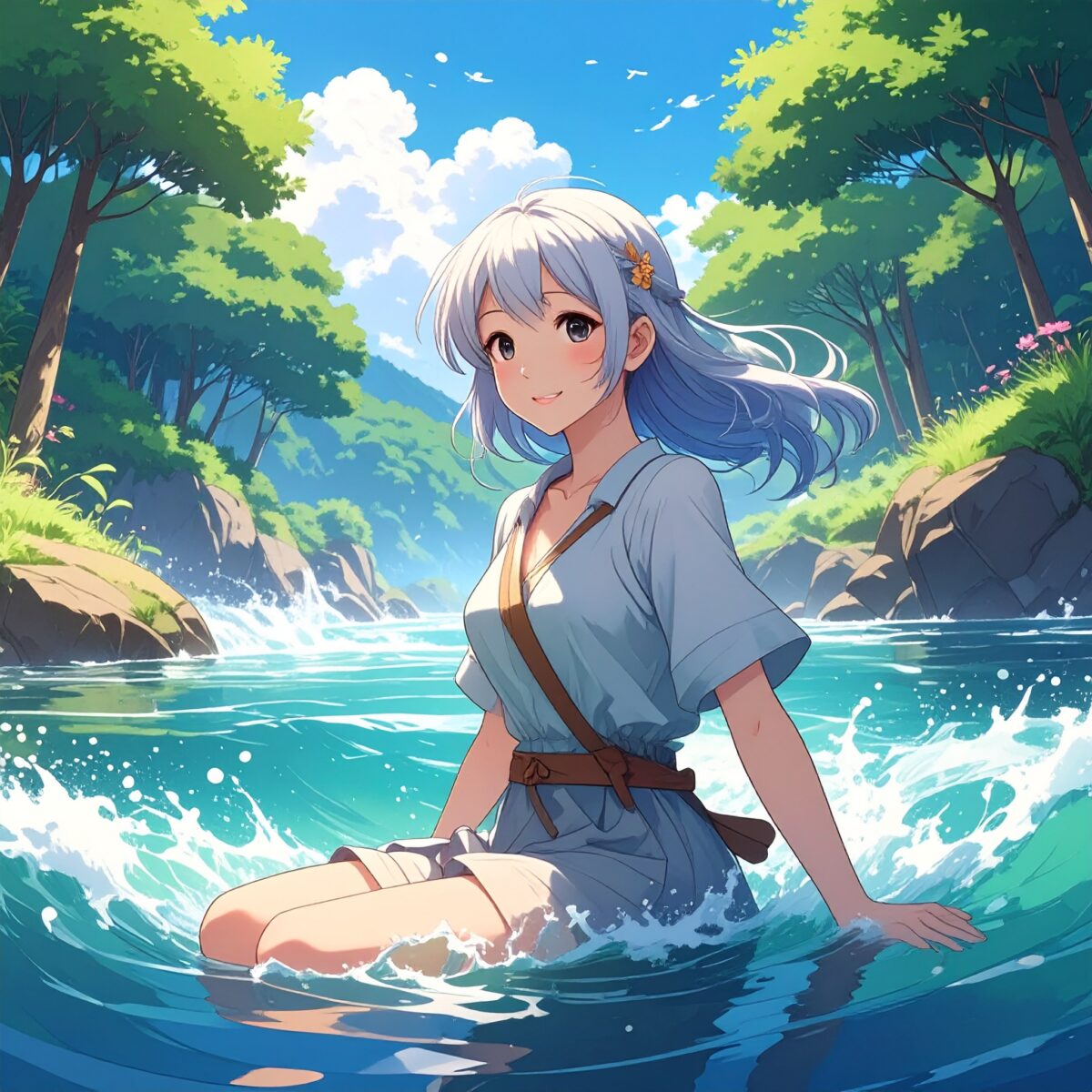Under the summer sun, the splash of cold water echoes joyfully. Wading barefoot into a river brings a wave of nostalgia, softening the heart and awakening the senses. A river is more than a place to play—it is living nature itself, where water flows, life cycles unfold, and the earth is nourished. In Japan, specially designed river programs invite both children and adults to connect with this vibrant environment through play that gently transforms into learning.
These experiences are typically held in well-preserved areas—clear mountain streams, satoyama woodlands, or countryside rivers—where nature thrives. The program begins with an introduction to river safety: checking the current, depth, and water temperature. Participants are provided with life vests and amphibious shoes, ensuring a safe and comfortable experience even for those unfamiliar with river activities.
As feet touch the water, the initial shock of cold soon gives way to a sense of delight. Participants become familiar with the feel of stones underfoot, attempt to walk against the current, or simply let the flow carry them for a moment. Watching leaves drift downstream, tracing the movement of small fish, or listening to the babble of the water—each playful act becomes a lesson in nature’s rhythms.
A key part of the program is observing river life. With nets in hand, participants search for fish, shrimp, and aquatic insects, then use illustrated guides to identify them. Some creatures can only survive in pristine waters, and encountering them firsthand offers a vivid, intuitive understanding of the link between clean water and rich biodiversity.

Through simple workshops and guided explanations, participants also learn how rivers carry soil, nurture plants, and eventually flow into the sea—an introduction to the great cycles of nature. Understanding that water is not just something to play with, but a force that links mountains to oceans, people to nature, becomes a first step toward nurturing environmental awareness.
These programs are especially recommended for families, where parents and children alike can immerse themselves in the joy of water. For children, it’s often a first encounter with nature; for adults, a liberating return to childhood wonder. It’s a moment where both generations see new sides of each other—bringing hearts closer together through shared discovery.
After the experience, participants may be treated to local delicacies, such as shaved ice made with fresh spring water or a picnic lunch by the riverside. The simple act of drying wet hair with a towel before a meal becomes a deeply satisfying ritual. Combined with the pleasant fatigue of full-body engagement, these moments leave a lasting imprint on the memory of the trip.
Safety is carefully managed. Local nature guides and environmental educators accompany each group, adapting the program to match the day’s water levels and weather conditions. If necessary, alternate indoor activities are offered, ensuring the experience is both safe and flexible.
For international visitors, river play offers a unique way to connect with Japan’s natural world beyond language. It reveals the closeness of daily life to nature, and showcases the wisdom embedded in traditional ways of playing and learning outdoors. More locations are now offering multilingual guides and materials, making this one of the most rewarding cultural and ecological highlights of a journey through Japan.
Water is essential to all living things. Because it moves, it nourishes, carries life, and brings about change. Through river play, when we begin to sense ourselves as part of that ongoing flow, a simple adventure becomes something much more—a moment of insight and quiet transformation.




